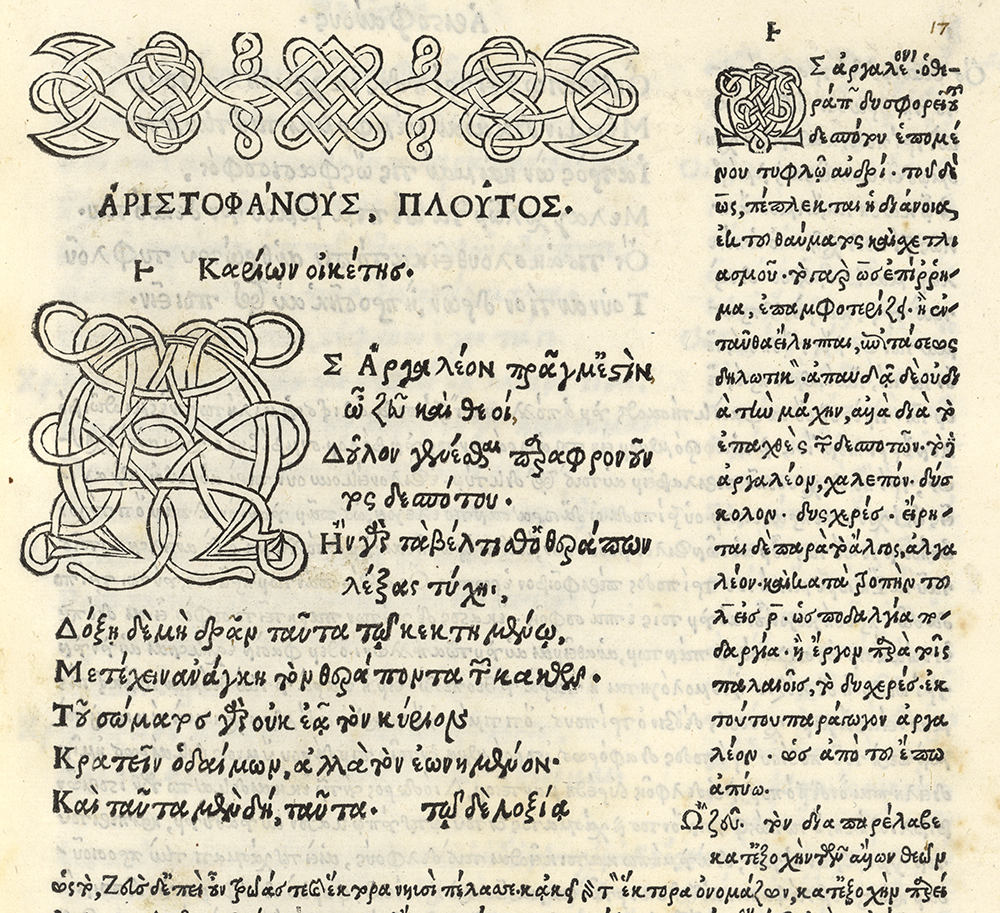A “.” known as a “full stop”, a “period” or a “full point”, is a punctuation mark used for several purposes, most frequently to end a declarative sentence.
History
Originally introduced by Aristophanes of Byzantium in the 3rd century BCE. His system used a series of dots to determine the intended meaning of the underlined writing.
The “high dot” ⟨˙⟩, called “stigmḕ teleía” (στιγμὴ τελεία) or “terminal dot”, marked the the full stop at the end of a completed thought or expression.
The “middle dot” ⟨·⟩, called the “stigmḕ mésē “(στιγμὴ μέση), meant a division in a thought or expression, expressing a longer breath (in English the comparable punctuation would be a semi-colon).
The “low dot” ⟨.⟩, called the “hypostigmḕ” (ὑποστιγμή) or “underdot”, marked a division in a thought or expression, expressing a shorter breath (in English the comparable punctuation would be a comma).
During medieval times the scribes typically used the terminal dot while the others fell out of standard use and were later replaced with other symbols. Sometime during the 9th century, the full stop started to become a low dot as opposed to the high dot, and by the time printing was invented in Western Europe, the lower dot was the widely accepted standard.
Originally the name “period” was distinguished from the full stop, with its original intent to be more akin to a modern day comma, or Aristophanes’s “underdot”. It was the 16th century grammarians who began shifting the meaning of “period” to full stop. During the 19th century texts both British English and American English were consistent in the usage of the term “period” meaning “full stop”. The name “period” was a phrase used by printers to refer to a “full point”, or the dot being used a baseline for several situations. The phrase “full stop” was only used to refer to a punctuation mark when it was used to terminate a sentence..

